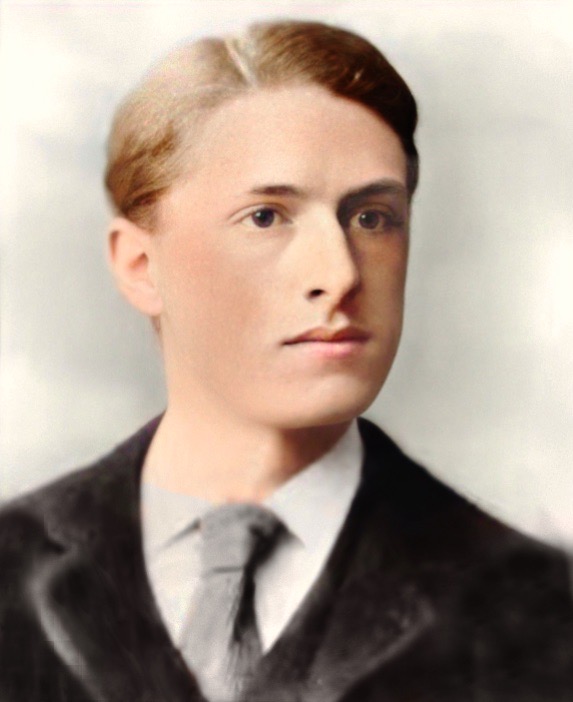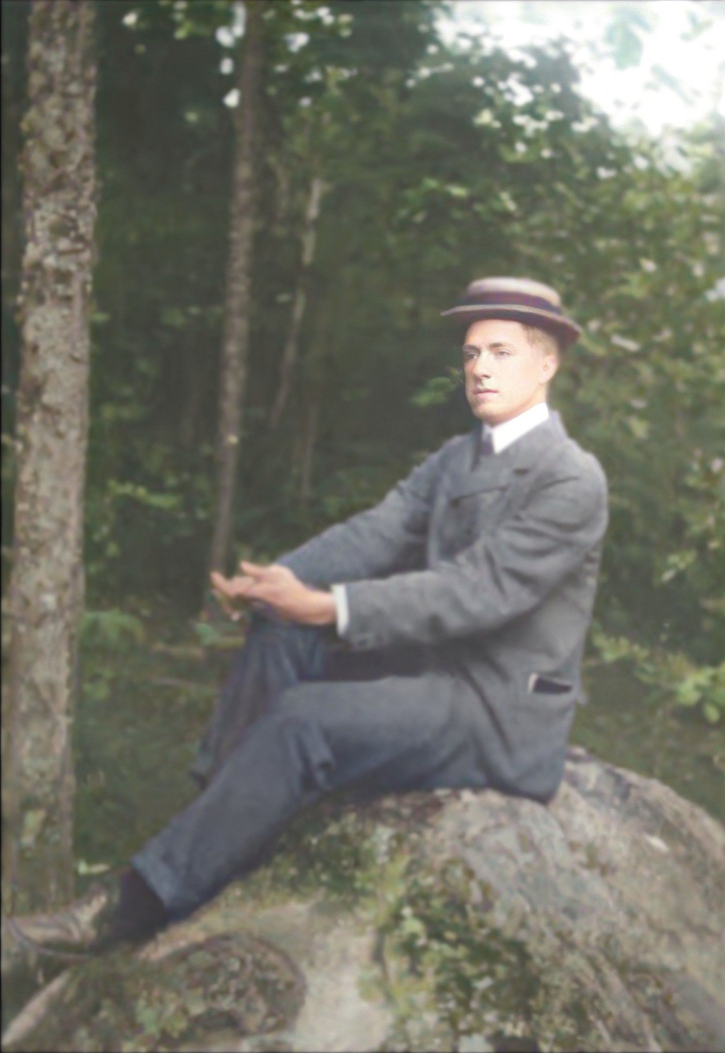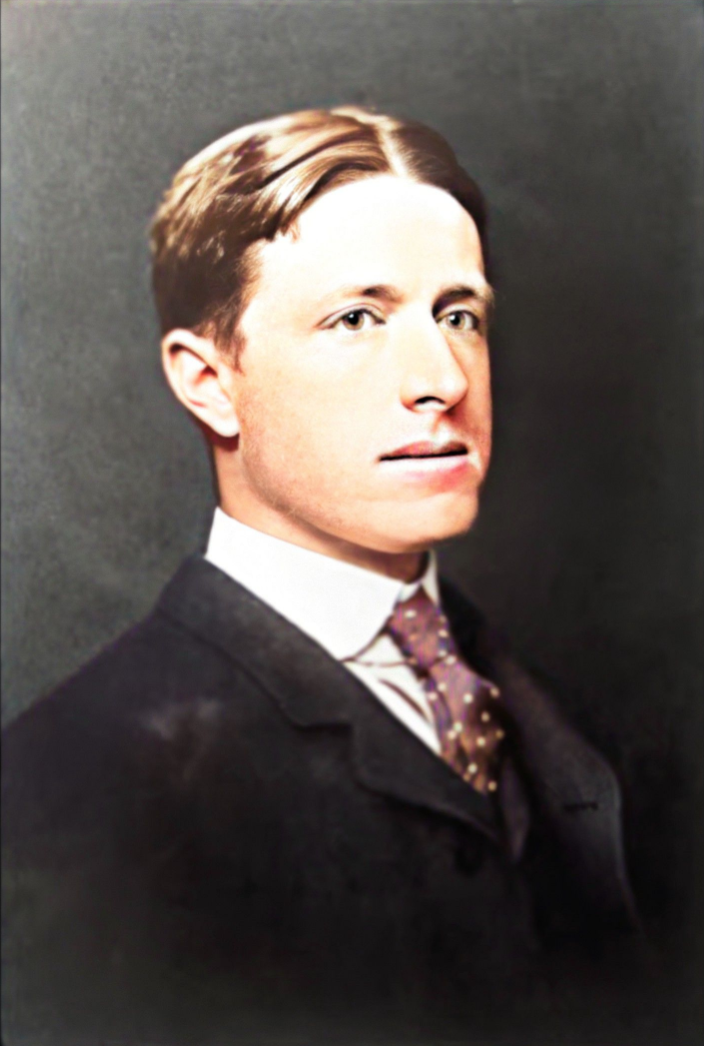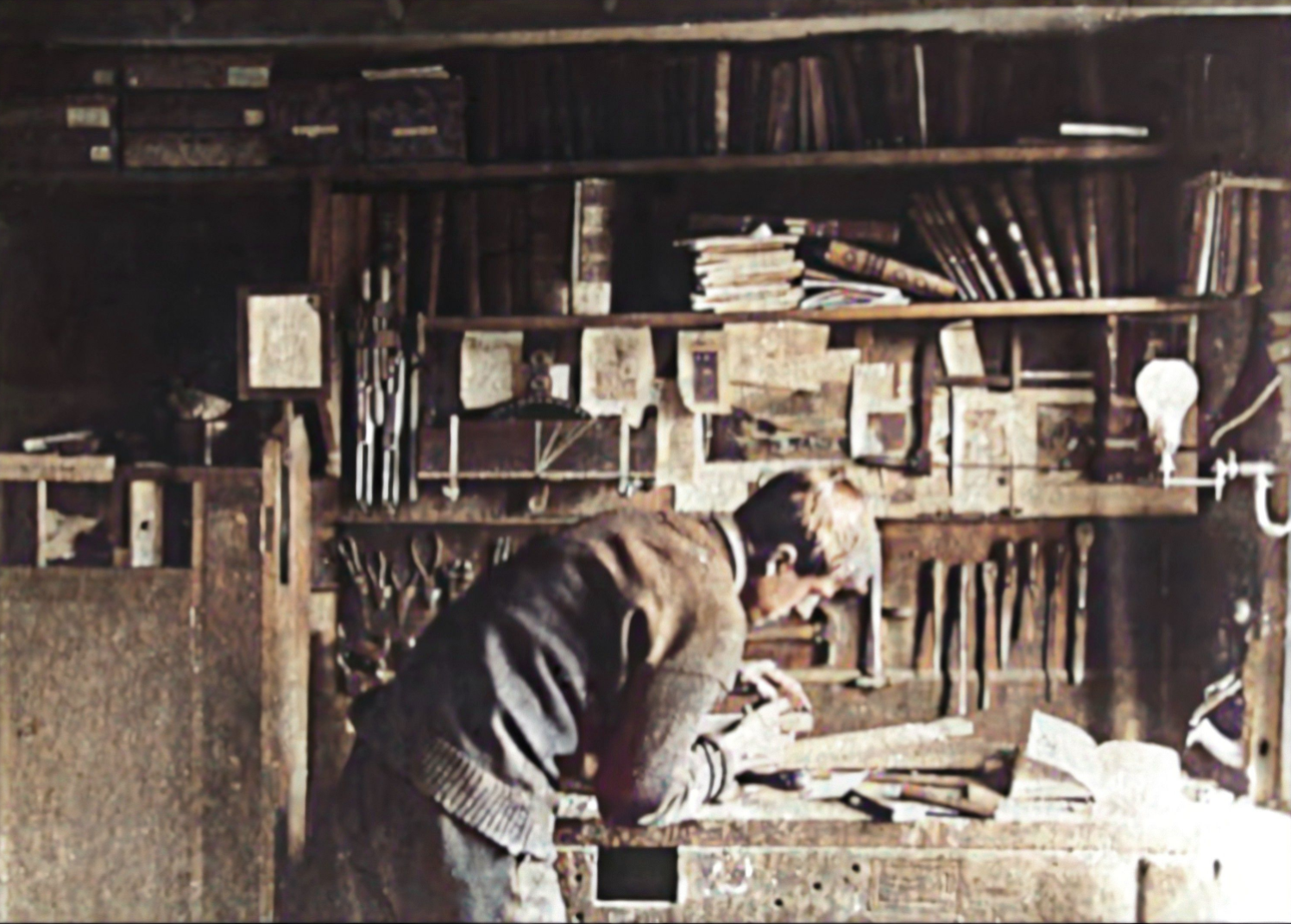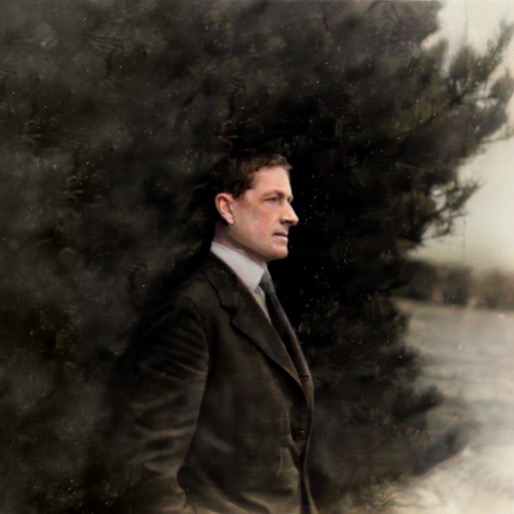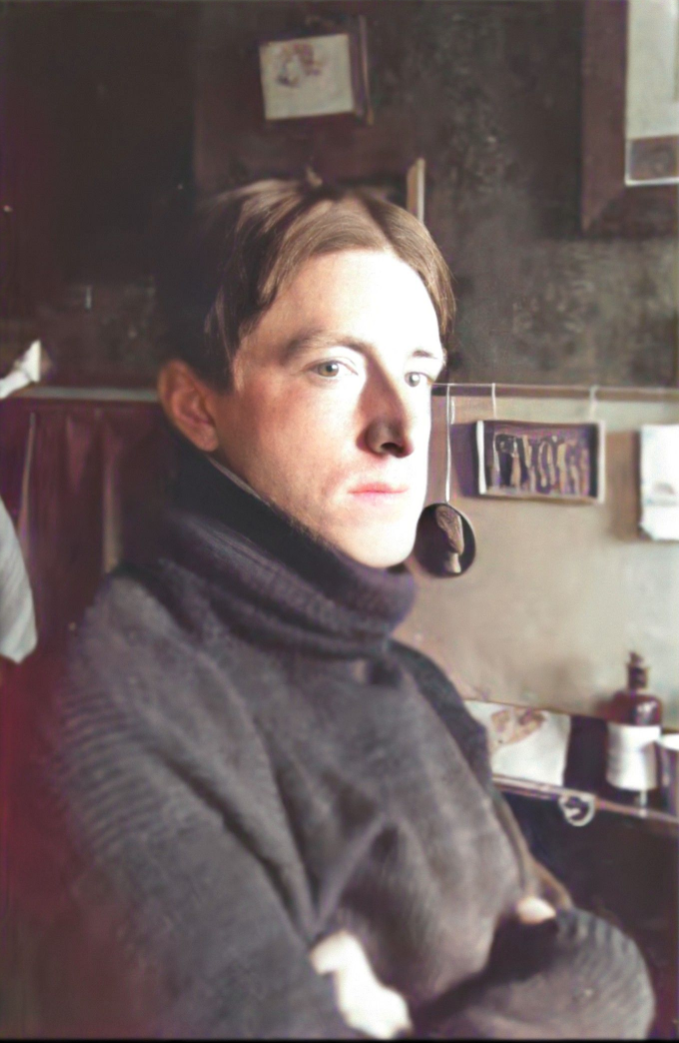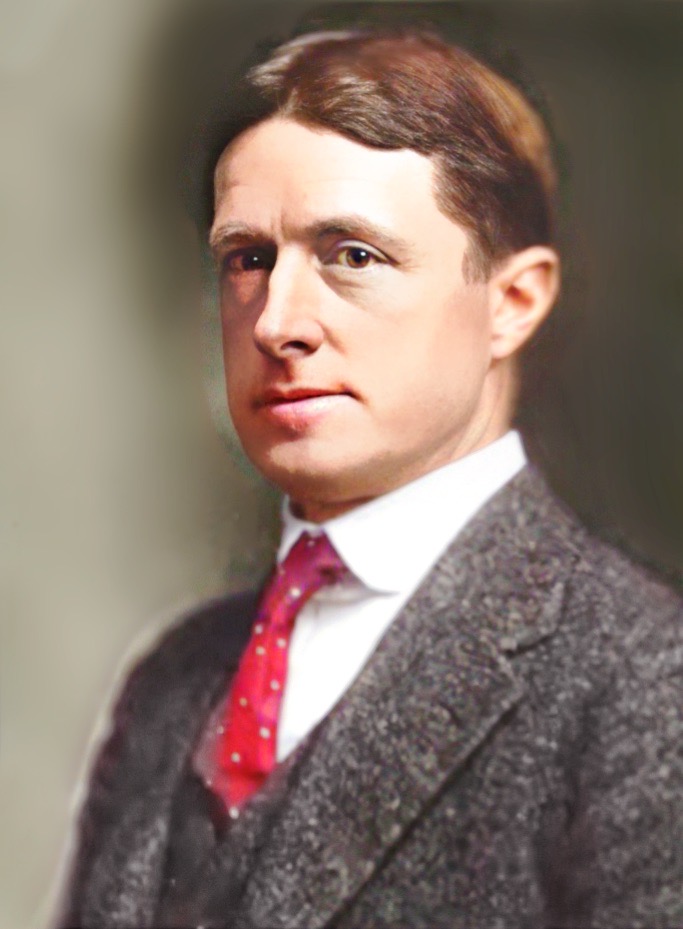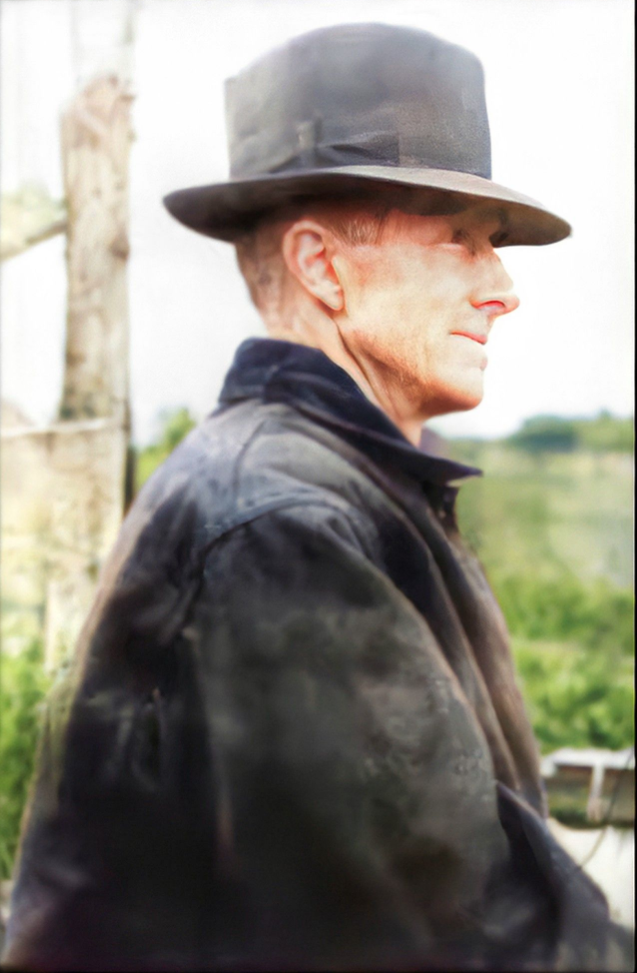Arthur Shurcliff’s Colonial Revival Gardens at Williamsburg: A Triumph in Landscape Architecture
"Arthur did have Boxwood on the brain. Boxwood was Arthur's signature plant - he called it “Box” for short. And for his Williamsburg makeover, Arthur brought in boatloads of Box."
March 17, 1928
On this day, the pioneering landscape architect Arthur Shurcliff began working on the Colonial Revival Gardens at Williamsburg.
His efforts helped make Colonial Williamsburg a world-famous attraction.
Arthur blazed his own path in landscape design.
After graduating from MIT with a degree in mechanical engineering, Arthur decided to pivot to landscape architecture.
Since no formal degree programs existed in academia, Arthur cobbled together a program for himself at the Lawrence School of Science at Harvard.
By the time Arthur took over the Williamsburg project on this day, St. Patrick's Day, in 1928, he already had over thirty years of experience in the field.
Still, the project's scope was massive: a total community restoration.
Arthur was responsible for renovating the paths, streets, gardens, greenspaces, and land.
Luckily, money was no object, as John D. Rockefeller funded the entire effort.
Arthur kept detailed notes about his work in Williamsburg.
One entry reads,
Wednesday morning saw me in the old-fashioned gardens in the heart of the town.
These old places… now gone to decay, are filled with a kind of golden glory that is lacking in the new gardens.
The old lattice trellises, ruined box hedges, and even the weed-grown paths seem to have the glamor of the sunshine from the olden days.
Under Arthur's supervision, every aspect of Williamsburg was thoroughly researched.
To Arthur, authenticity to the Colonial landscape was paramount.
Once, Arthur's team even searched for old fence post holes to determine the colonially accurate backyard.
It's no wonder it took thirteen years to finish the restoration of Williamsburg.
Arthur's efforts to uncover the past brought him into contact with present-day residents.
One woman lived in the St. George Tucker house.
She also kept a diary, and she wrote about a visit from Arthur in January of 1931,
“Today, I was asked to go over the yard with Mr. Arthur Shurcliff…
I found him a very alarming person! Somehow, the idea of changing the yard and garden is much more repellent to me than changing the house, and this is such a terribly enthusiastic man!”
And when Arthur returned in May, she wrote,
“[He came] down like a wolf on the fold again today. He rushed in and out... with charts and plans for all sorts of alarming ‘landscapes’ in our yard.
He has boxwood on the brain.”
The woman was correct.
Arthur did have Boxwood on the brain.
Boxwood was Arthur's signature plant - he called it “Box” for short.
And for his Williamsburg makeover, Arthur brought in boatloads of Box.
He wrote,
In replanting Williamsburg places, much use should be made of Box… even allowing it to dominate the parterres and bed traceries…
Generous use of Box in this manner [will define the] display and [help with the] upkeep of flowers especially in the dry season...
Happily for Arthur, his charm eventually counteracted any hesitance by the townspeople.
When Colonial Williamsburg was revealed to the public in 1934, Arthur's Colonial Revival-style gardens, complete with Boxwood, caused a sensation.
Soon, Arthur's Revival Garden Design appeared in suburbs all across America.
This post was featured onThe Daily Gardener podcast:
helping gardeners find their roots,
one story at a time
